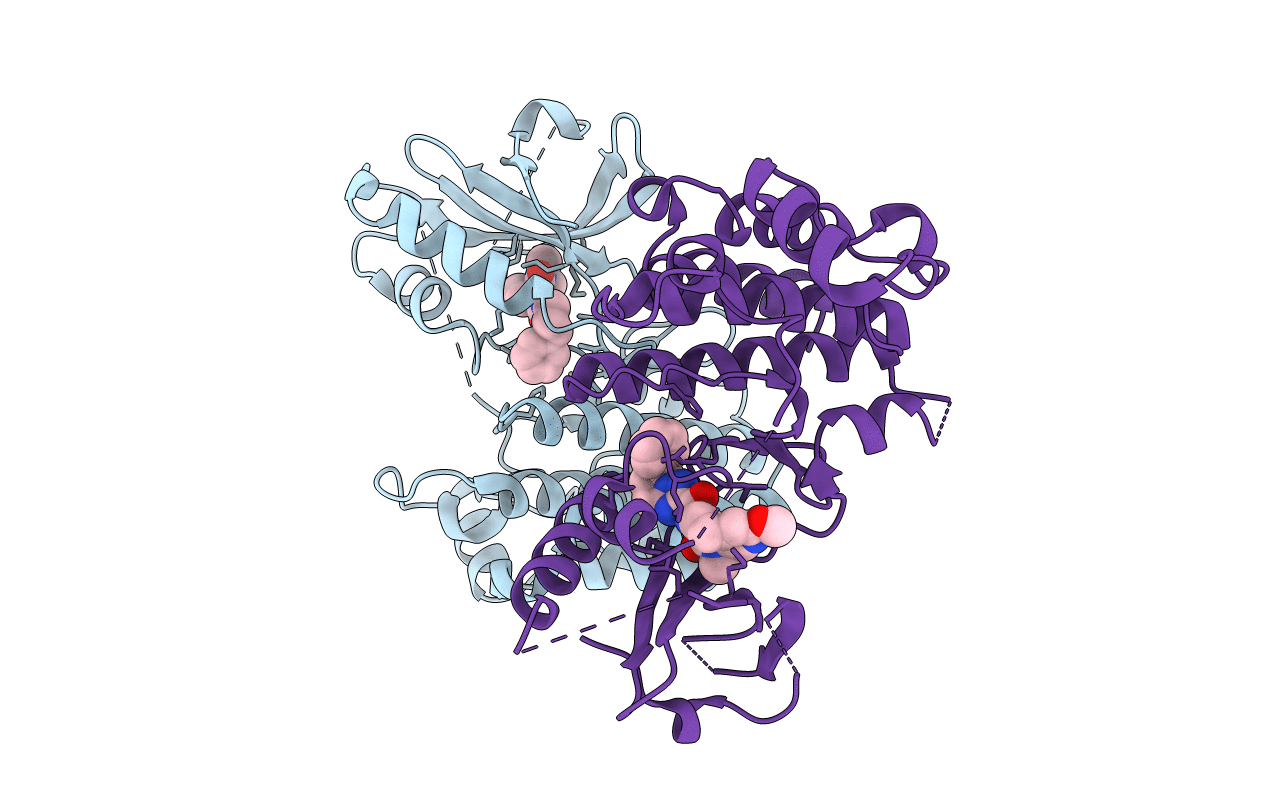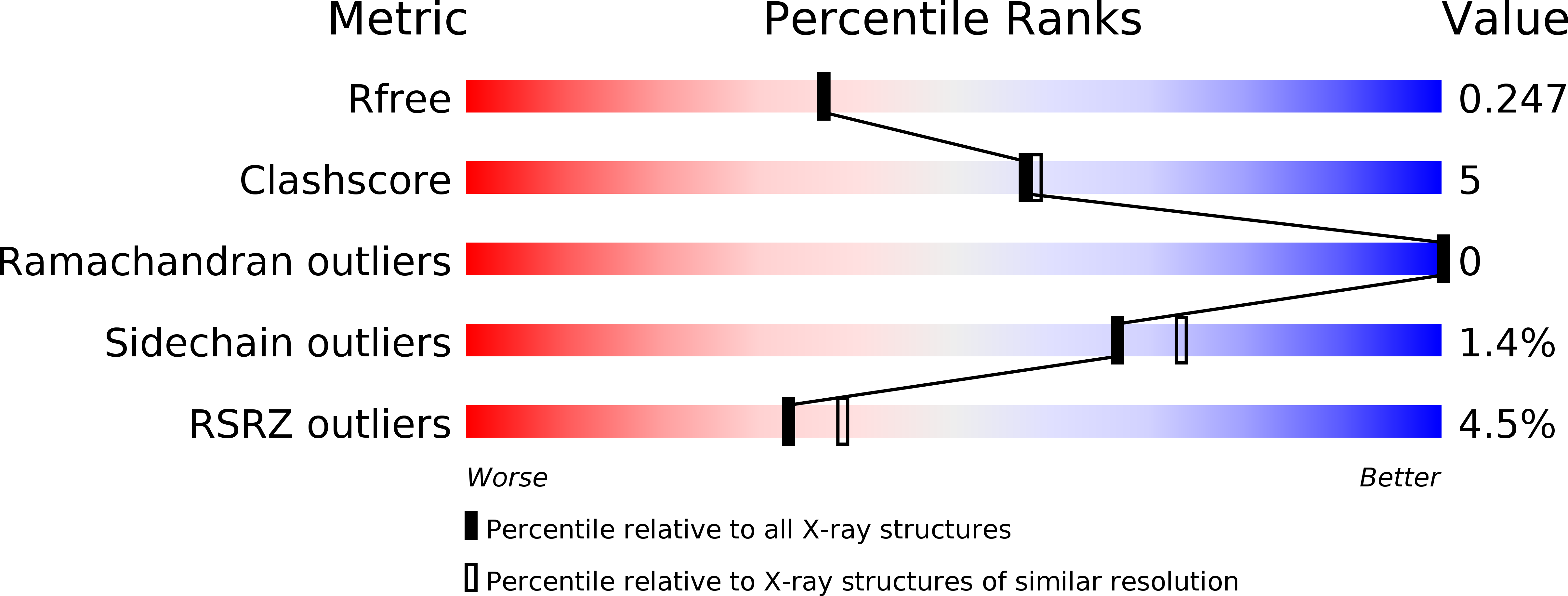
Deposition Date
2019-02-11
Release Date
2019-05-29
Last Version Date
2023-10-11
Entry Detail
PDB ID:
6NYH
Keywords:
Title:
Structure of human RIPK1 kinase domain in complex with GNE684
Biological Source:
Source Organism:
Homo sapiens (Taxon ID: 9606)
Host Organism:
Method Details:
Experimental Method:
Resolution:
2.10 Å
R-Value Free:
0.24
R-Value Work:
0.20
R-Value Observed:
0.20
Space Group:
P 21 21 21


